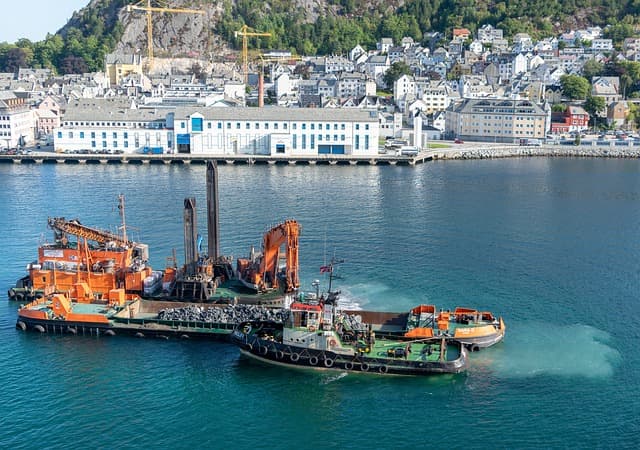With the rapid development of technology and increasing safety requirements, the oil and gas industry is actively introducing virtual reality (VR) into personnel training. VR simulators allow to simulate complex and dangerous situations without the need to go to sea, providing effective training of specialists.
Benefits of VR simulators
- Safety: Training in a virtual environment eliminates risks to the life and health of employees, allowing them to practice actions in extreme situations without consequences.
- Resource savings: Reduces the cost of training, equipment rental and transportation.
- Flexible training: Anytime, anywhere training is possible, especially for remote sites.
Real examples of implementation
- Gazprom Neft Shelf: The company has implemented VR simulators for training specialists of the captain’s service, including courses on loading and unloading operations and transferring personnel to and from the vessel.
- Modum Lab: Developed VR simulators to train students in oil and gas equipment maintenance and repair, allowing them to practice in a safe environment under the supervision of instructors.
- Marstar: Offers VR simulators for practicing operations on an offshore platform helipad, using state-of-the-art virtual reality devices to maximize immersion.
Development Prospects
As technology advances, VR simulators are becoming more realistic and affordable. They allow the creation of personalized training programs tailored to specific tasks and equipment. In the future, VR is expected to be integrated with other technologies such as augmented reality (AR) and artificial intelligence (AI), opening up new opportunities for training and staff development.
The introduction of VR simulators in oil and gas industry personnel training is a step towards improving the safety, efficiency and adaptability of specialist training in line with modern requirements and challenges of the industry.



